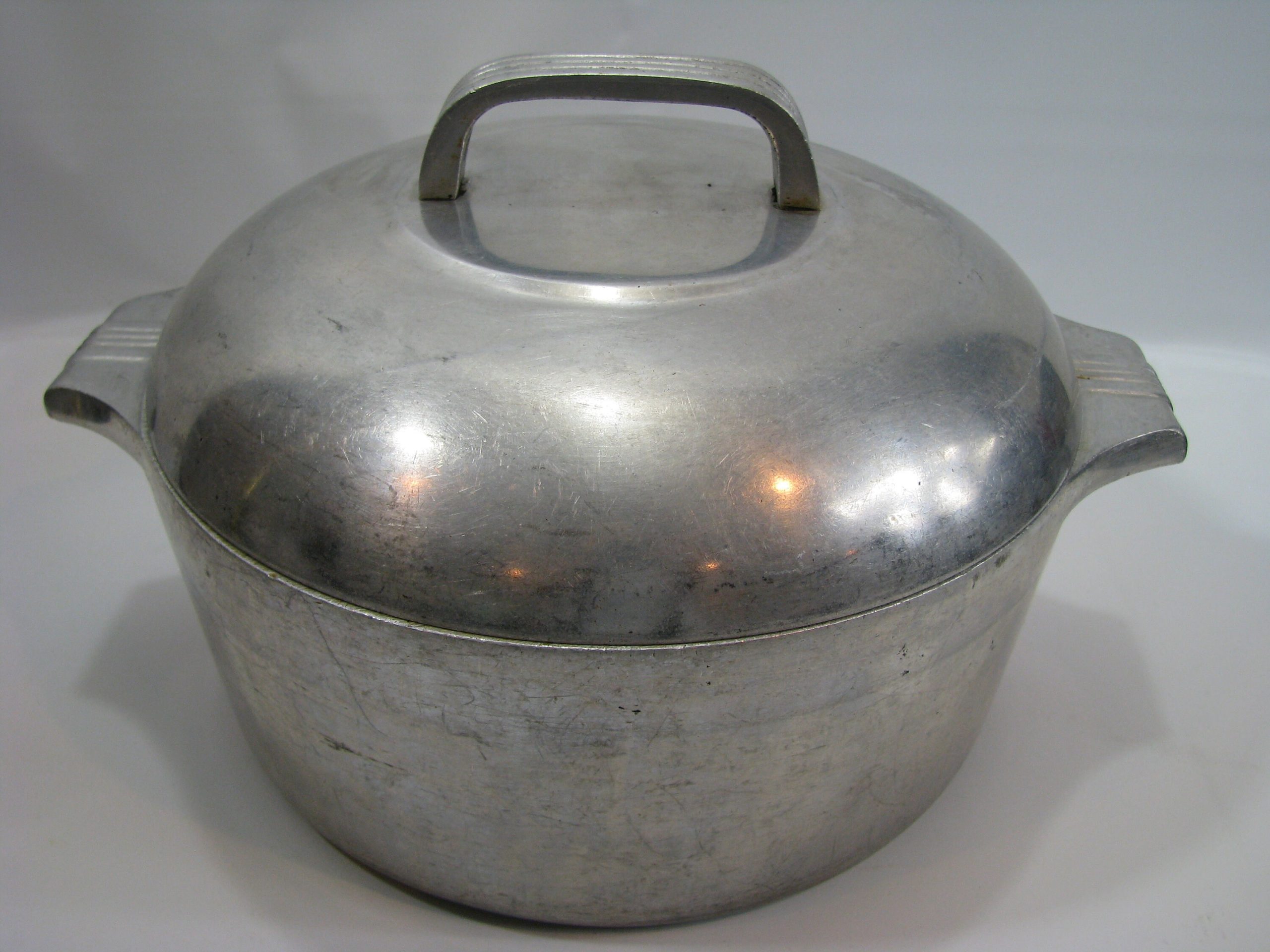The “Soft Shoulder” sign is a common sight along highways and roads, a crucial indicator in the tapestry of traffic signs designed to inform and protect motorists. Despite its prevalence, the meaning and implications of this sign may not be universally understood. This article delves into the significance of the “Soft Shoulder” sign, explaining its purpose, the precautions drivers should take upon seeing it, and the potential consequences of ignoring its warning. Understanding these signs is essential for safe driving and for navigating roadways with confidence and caution.
Decoding the “Soft Shoulder” Sign
At its core, the “Soft Shoulder” sign warns drivers that the side of the road, or the shoulder, is not as stable or solid as the main driving surface. Unlike hard shoulders made of concrete or asphalt, soft shoulders may consist of gravel, dirt, or other less durable materials. This distinction is crucial because soft shoulders can pose various risks to vehicles, especially at high speeds or under certain weather conditions. The sign is designed to alert drivers to these conditions so they can adjust their driving accordingly.
Risks Associated with Soft Shoulders
The primary risk associated with soft shoulders is the potential loss of vehicle control. If a driver veers off the main road onto a soft shoulder, the sudden change in surface traction can lead to skidding or difficulty steering. In extreme cases, vehicles may become stuck or overturn if the driver attempts to return to the pavement too abruptly. Furthermore, soft shoulders are more susceptible to wear and erosion, particularly after rainfall or during thaw cycles, exacerbating these risks.
Navigating Soft Shoulders Safely
Upon encountering a “Soft Shoulder” sign, drivers should take several precautions to navigate these areas safely. Maintaining a safe speed and staying within designated lanes can prevent unintentional drift onto the shoulder. If pulling over is necessary, drivers should do so cautiously, slowing down gradually to minimize the risk of losing control. It’s also advisable to avoid stopping on a soft shoulder unless absolutely necessary, as the risk of becoming stuck or causing an obstruction for other vehicles is higher.
The Importance of Heeding the Warning
Ignoring the “Soft Shoulder” warning can have serious consequences, from minor vehicle damage to severe accidents. In addition to the immediate dangers, getting stuck on a soft shoulder can lead to significant delays, require towing services, and potentially cause traffic disruptions. For these reasons, adherence to the sign’s warning is not just a matter of personal safety but also a consideration for the well-being of all road users.
A Sign of Caution and Care
The “Soft Shoulder” sign serves as a reminder of the varying conditions that drivers may encounter and underscores the importance of vigilance and adaptability on the road. By understanding and respecting the warning these signs provide, drivers can contribute to a safer driving environment for themselves and others. In the end, traffic signs like “Soft Shoulder” are not just directives; they are tools to help us navigate the complexities of the road with care and consideration.

